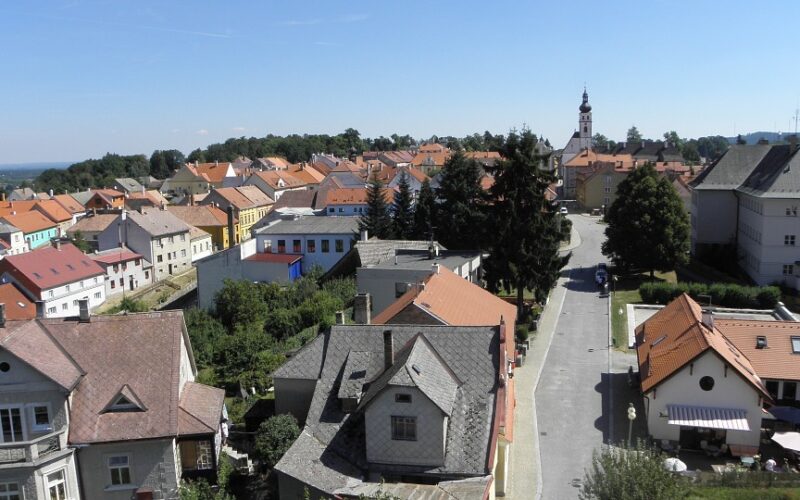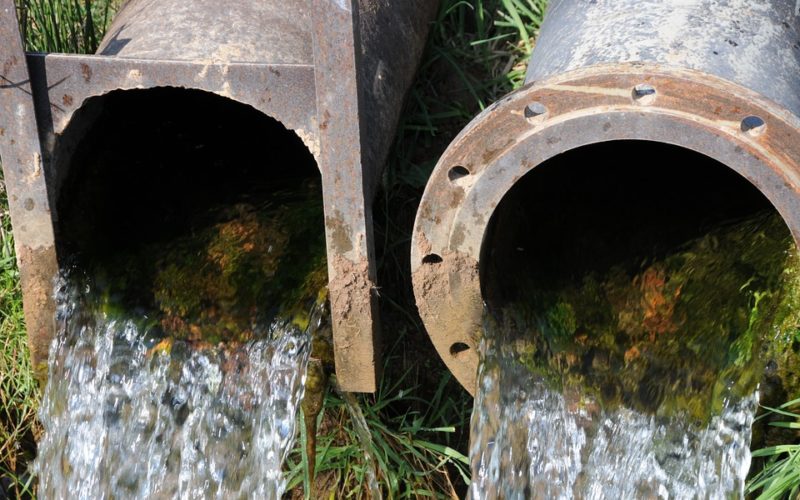Modern road construction techniques have evolved significantly over the years to accommodate increasing traffic loads and ensure durability. The process of creating a road typically begins with the preparation of a stable road bed, which serves as the foundation for the layers above it. Advanced methods, such as soil stabilisation, are often employed to improve the strength and load-bearing capacity of the underlying soil.
This may involve the use of geotextiles, lime, or cement to reinforce weaker soils. Additionally, drainage systems are integrated to prevent waterlogging, ensuring the longevity of the road structure.
Structural integrity
Raw materials play a critical role in road construction and must meet specific standards to ensure the finished road can withstand heavy use. Key materials include aggregates, such as crushed stone or gravel, which provide structural integrity.
Dried aggregates, known for their uniform consistency and moisture-free properties, are particularly vital in achieving a durable road surface. Silica sand is another indispensable material, commonly used for enhancing the performance of certain road layers due to its fine granular composition. It contributes to the strength and stability of the road, making it an essential component in modern construction.
Comfortable driving experience
A well-made road must satisfy several criteria to be considered effective and reliable. First and foremost, it should have a strong and stable foundation capable of supporting traffic loads without deformation. The road surface should also be smooth and free of irregularities to ensure a comfortable driving experience.
Durability is a key consideration, as roads are subjected to constant wear and tear from both vehicles and environmental factors. Lastly, proper drainage design is essential to prevent water retention, which can lead to cracking and pothole formation over time.
Resin-bound systems
One popular surface material used in contemporary road construction is resin-bound aggregate. This mixture of resin and aggregates is valued for its strength, flexibility, and aesthetic appeal. The resin acts as a binding agent, holding the aggregates firmly in place and creating a permeable surface that allows water to pass through.
This permeability is highly beneficial for drainage, reducing the risk of surface water pooling and minimising damage caused by freeze-thaw cycles. Resin-bound systems are not only durable but also environmentally friendly, as they reduce the likelihood of water run-off and subsequent flooding.
A smooth and even surface
Silica sand frequently features in resin-bound road surfaces due to its role in enhancing traction and improving the surface's overall performance. When mixed with resin and aggregates, it creates a skid-resistant finish, making roads safer for vehicles and pedestrians alike.
Additionally, the fine texture of silica sand allows it to fill gaps within the aggregate mixture, ensuring a smooth and even surface. Its use in this context highlights the importance of combining traditional materials with modern technology to meet the demands of today's infrastructure.
Stable and consistent nature
The incorporation of dried aggregates further strengthens the road and ensures long-term resilience. These aggregates are specifically treated to remove moisture, reducing the likelihood of compromise during construction.
Because of their stable and consistent nature, dried aggregates contribute to a finished road surface that is less prone to cracking, shifting, or other forms of structural failure. This makes them a preferred choice in projects requiring high levels of reliability and performance.
Modern engineering solutions
Advanced road construction techniques draw heavily on a blend of tried-and-tested materials, such as silica sand and resin-bound systems, and modern engineering solutions.
The result is roads that not only fulfil their primary function of transportation but also hold up to the pressures of modern traffic demands. By focusing on material quality and construction precision, the roadways of today are built to last, ensuring safer and more efficient travel for all users.























